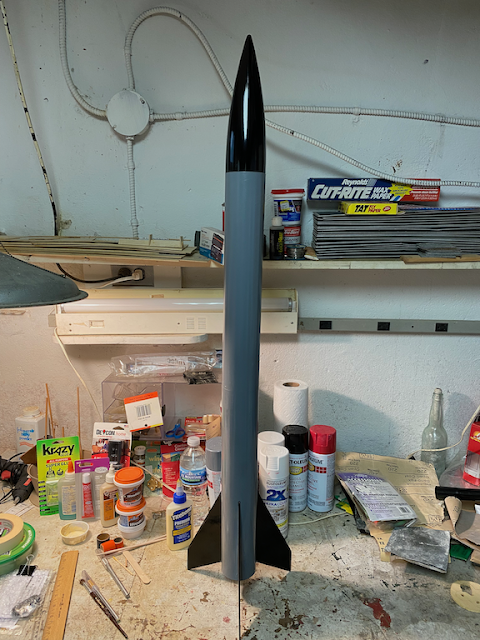Pathfinder build notes

The Estes Pathinder was a Skill level 3 kit, kit #1997, sold from 1988-1990. I bought it at my local Ace Hardware store for $10.99, probably in 1999 or 2000, and left it on my shelf for 18 or more years. The kit states you should only fly it on D engines, but I plan on modifying it to also fly with E engines (same diameter but an inch longer) First I upgraded the 2.75” engine mount tube & D hook to 4” 24 mm E engine tube. Using super glue I glued on the 24 mm screw off engine retaine r. I also glued an engine block at the top of the engine mount tube. When building the Pathfinder I decided to use my Estes fin alignment guide for the first time to attach all four fins at once. The guide is something I bought and forgot about (it was buried in the parts box). After assembly was finished I recognized that one fin was attached a quarter inch below the other three. I decided to live with it…. It turns out that Estes included the WRONG launch lug...



